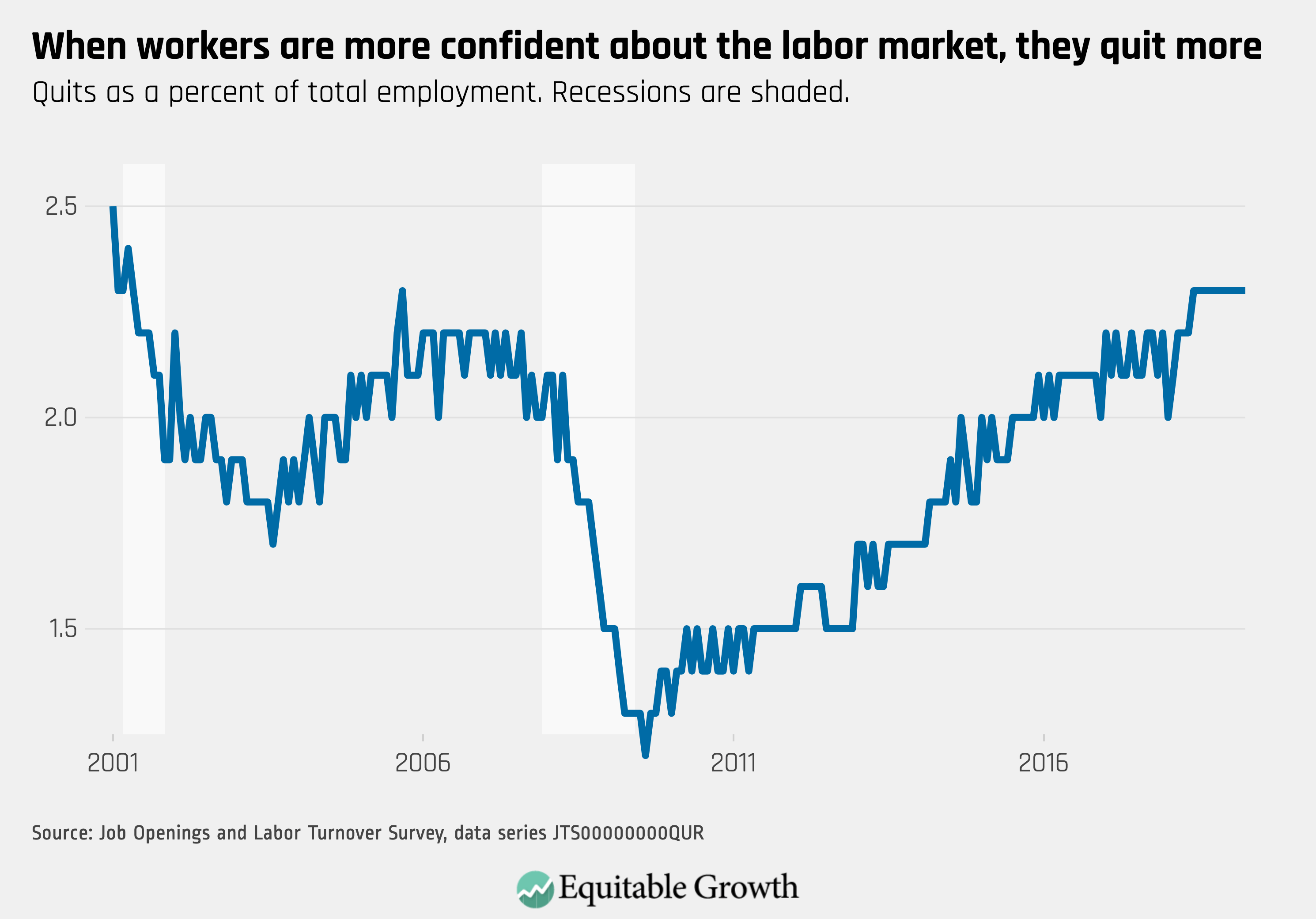Weekend Reading: “Debate season kick-off” edition
This is a weekly post we publish on Fridays with links to articles that touch on economic inequality and growth. The first section is a round-up of what Equitable Growth published this week and the second is the work we’re highlighting from elsewhere. We won’t be the first to share these articles, but we hope by taking a look back at the whole week, we can put them in context.
Equitable Growth round-up
Twenty of the 24 candidates for the Democratic nomination for president met in Miami this week for the first two debates of the primary season. If you found it hard to keep up with all the issues being discussed (especially amid all the interruptions, technical glitches, and Spanish interludes), Delaney Crampton breaks down which economic proposals got the most air time and which, according to Equitable Growth research, would best combat inequality.
Equitable Growth blogger Brad DeLong lists some of the most worthy reads from Equitable Growth and around the web this week.
The Washington Center for Equitable Growth this week said goodbye to one of its longest-tenured employees. Elisabeth Jacobs joined the team in 2014, only months after Equitable Growth was founded, and wore many hats for the organization, most recently spearheading our family economic security work. To honor her contributions, Weekend Reading is recommending a compilation of her “greatest hits”: her reports on intergenerational mobility (with Liz Hipple), paid family and medical leave, and innovation and entrepreneurship. Thankfully, Jacobs is not going far: She starts this summer as a senior fellow with the Urban Institute.
Links from around the web
The wealth tax continues to grow in popularity, even among the very lucky few who would be subject to it. Nineteen very wealthy individuals, including one “anonymous” signatory (intriguing!), wrote an open letter to the 2020 presidential candidates calling for a tax on those with fortunes in the top 0.1 percent of the wealth distribution, citing Equitable Growth’s work in this area. Patricia Cohen has the story for The New York Times.
Eric Levitz in New York magazine’s “Intelligencer” column offers a theory for why U.S. labor force participation remains below precrisis levels and wage growth hasn’t been more robust—and economists who swear by the U.S. Bureau of Labor Statistics’ official unemployment rate won’t like the answer. Levitz argues that flaws in the Current Population Survey, the research instrument underlying today’s historically low 3.6 percent unemployment rate, have masked a willingness among discouraged workers to jump back into the labor force. If he’s right, then the U.S. economy would have quite a bit more to grow before exhausting its supply of labor and triggering inflation, something with which the “policy establishment,” in Levitz’s view, has been overly concerned.
For all of our nation’s lip service paid to “family values,” the United States continues to be a very family-unfriendly place to live and work. Mary Beth Ferrante from Forbes reports on UNICEF’s latest study comparing member nations of the Organisation for Economic Co-operation and Development and European Union countries on family-friendly policies such as paid leave and childcare. Not surprisingly, the results were not good for the United States, losing out to the likes of Croatia on paid maternity leave (39 weeks versus zero) and Estonia on paid paternity leave (2 weeks versus zero). But as Equitable Growth’s Elisabeth Jacobs describes in the article, it is an exciting time for those hoping for progress on these issues, as the U.S. House of Representatives held a well-attended hearing on paid family and medical leave last month and a bold new proposal on universal family care was unveiled just this week.
ProPublica has recently been blowing open one scandalous tax story after another, and last week came out with another gem. It’s a cautionary tale for any policymaker—or cartographer—interested in using the tax code to spur place-based economic development. For another skeptical take on the 2017 Tax Cuts and Jobs Act’s “Opportunity Zones” incentive program—and the challenge of attracting mostly white investors to finance already-operating, minority-owned businesses, as opposed to new real estate development—see this piece from Oscar Perry Abello in Next City.
Speaking of place-based inequities, Jamiles Lartey at The Guardian has a heartbreaking piece about a 30-year gulf in average life expectancy between residents of two neighborhoods in Chicago just eight miles apart (Streeterville and Englewood). It’s the largest such divergence within any city in the United States, and, not surprisingly, race is at the heart of the problem.
Friday Figure

Figure is from Equitable Growth’s, “JOLTS Day Graphs: April 2019 Report Edition” Raksha Kopparam and Kate Bahn.

